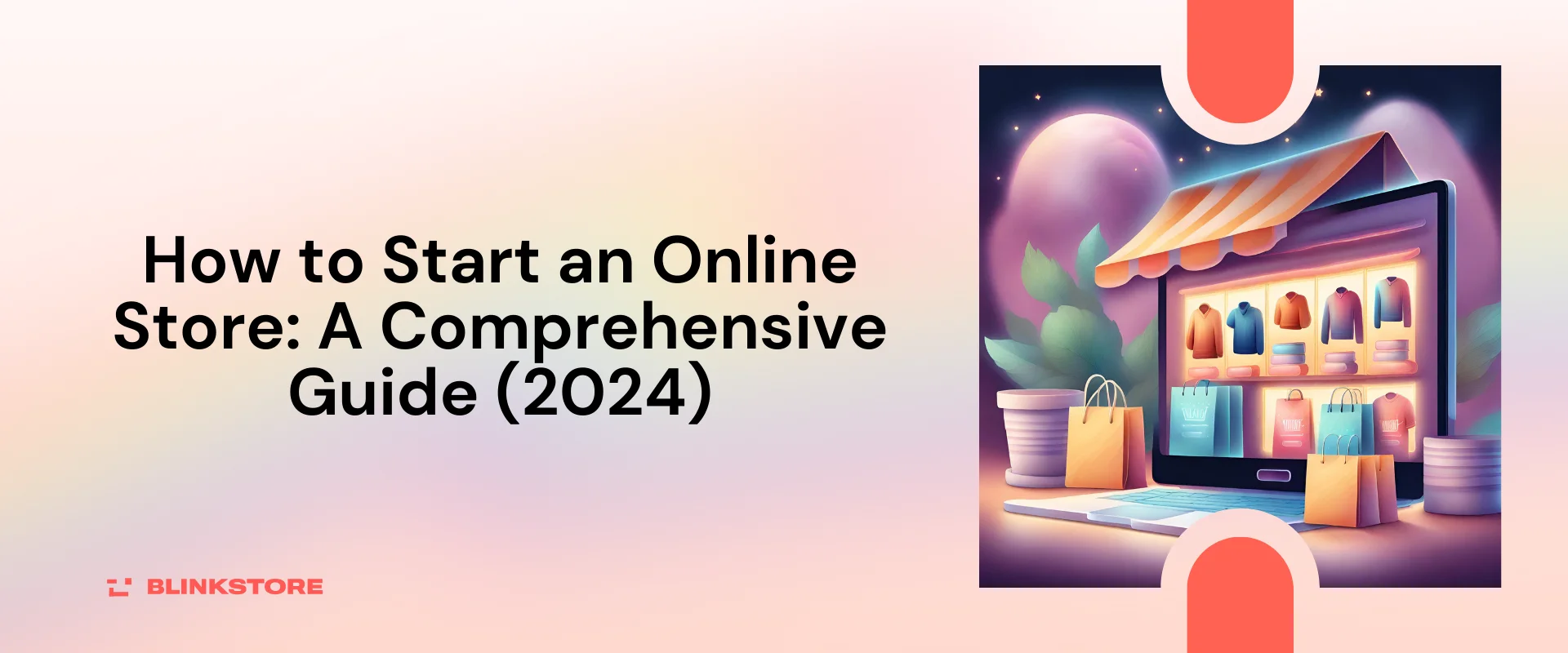Ventures such as setting up an online store is a thrilling and rewarding activity. With the proper strategy and tools, you can target audiences globally and grow your business exponentially.
In this thorough guide, we will take you through each step of how to start an online store from selecting a niche that is profitable to optimizing your website for search engines. Let’s dive in!
Table of Contents
1. Select A Profitable Niche and Target Your Audience

The choice of a promising niche is the primary and most important step towards how to start an online store. A niche is a targeted market that you will serve with your products or services. It is necessary to focus on a niche that has demand and good returns.
When selecting a niche, consider three key factors: profitability, searchability, and passion. To begin, make sure that your niche is profitable. Study the market to determine whether there is a need for your planned products and services.
Next, focus on searchability. With the help of SEO tools, you can find out if there is enough search volume for keywords related to your niche. This will help you drive organic traffic to your online store.
Lastly, think about your enthusiasm for the field. Motivated by passion, you will be more willing to transcend setbacks so that excellent customer service may be imparted. Further, your knowledge and passion will help you be recognized as an industry guru.
After selecting your niche, the next step is identifying a target market. Know their demographic, interests, and pain points. It will also enable you to customize your marketing activities and product portfolios in response to their needs.
2. Source a Business Concept and Select Your Products

Consider your niche and target audience as you come up with business concepts that are consistent with the identified market segment. Research trends and find holes in the market that you can fill with either specific products or services.
When deciding on the products, take into account production costs, shipping viability, and demand in the market. Seek products that are reasonable to source and have a competitive advantage in comparison with other market alternatives. Analyze if you would prefer manufacturing the products, purchasing them in bulk from wholesalers, or doing drop shipping.
Read more about: 26 Best Selling Print on Demand Products You Must Know
3. Market Research for Your Online Store

Market research is an essential process of analyzing your competitors and discovering market opportunities while focusing on how to start an online store. Research the sites, social media activities, and comments of your rivals. Discover what sets them apart and brainstorm how you can differentiate yourself in your online store.
Also, study your target audience’s preferences, buying habits, and pain points. Survey customers, conduct interviews, or utilize online tools to earn important feedback from them. This information will enable you to customize your marketing tactics and products concerning the customers’ requirements, adequately.
4. Domain name and branding

With the domain name selection, you should take a vital step towards addressing how to start an online store and establishing your online store identity. First, your domain name should represent you as a brand and remain memorable to the target audience. Make use of keywords related to your niche in your domain name so that you become more visible through search engines.
Regarding branding, design a distinctive that will represent the values and offerings of your online shop. If you need professional help, use online tools such as Canva to design a logo or engage the services of an expert.
5. Choose the Right E-commerce Platform
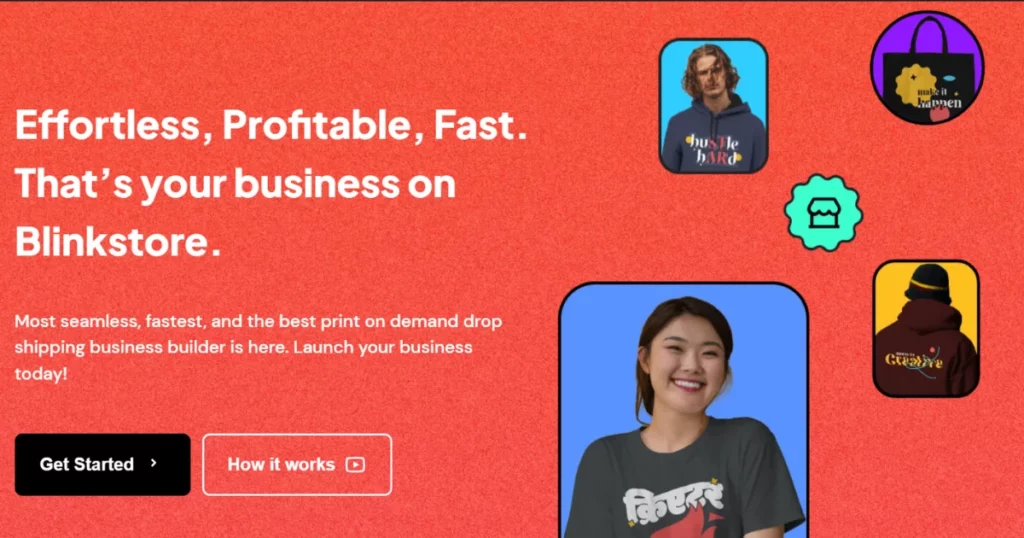
A successful online store largely depends on choosing the appropriate e-commerce platform when working on how to start an online store. Take into account elements like user-friendliness, personalization capabilities, cost, and capacity.
Some popular e-commerce platforms include:
- Blinkstore: All-in-one platform where you can start and maintain your online store for free along with other benefits.
- Squarespace: Suitable for beginners thanks to the drag-and-drop editor and inbuilt marketing functions.
- Shopify: Works for dropshipping and features a large variety of themes, as well as plugins.
Assess each platform’s offerings and package plans to identify the one that best serves your business interests.
Read more about: Types of eCommerce Websites You Should Know in 2024
6. Build Your E-commerce Website
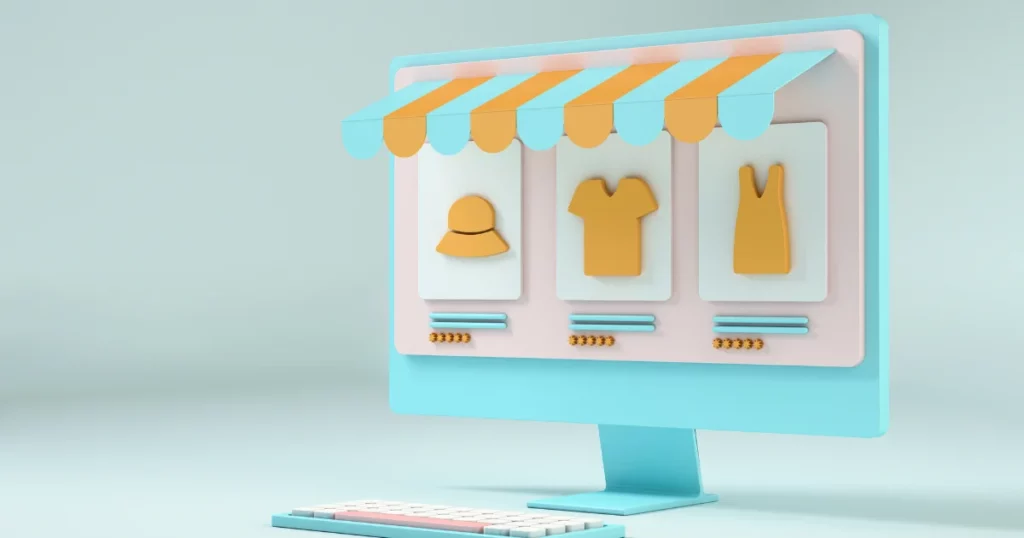
E-commerce platform is crucial when focusing on how to start an online store. After selecting an e-commerce platform, it is now time to construct your online shop. Follow these steps to create a visually appealing and user-friendly website:
- Create an e-commerce platform account.
- Pick a domain name for your online shop.
- Choose a template or theme relevant to your brand.
- Create a customized homepage and other web pages with your branding elements.
- Create product listings for your products or services.
- Install a reliable payment gateway to process online payments.
- Adjust important settings including tax calculations and shipping options.
Make sure your website is mobile-friendly and responsive to provide a fluid interaction.
7. Build Your Brand Strategically

Long-term success requires the creation of a powerful brand and deep understanding of how to start an online store. Create a brand strategy that reflects your target market’s values and interests. Build brand guidelines covering not only your voice and tone but also visuals as well as what values it represents.
Tell your brand story consistently across all channels of marketing, social media platforms, email newsletters, and content writing. Being an authority in your niche can be done by sharing useful content and interacting with your audience.
8. Set Up Your Online Store
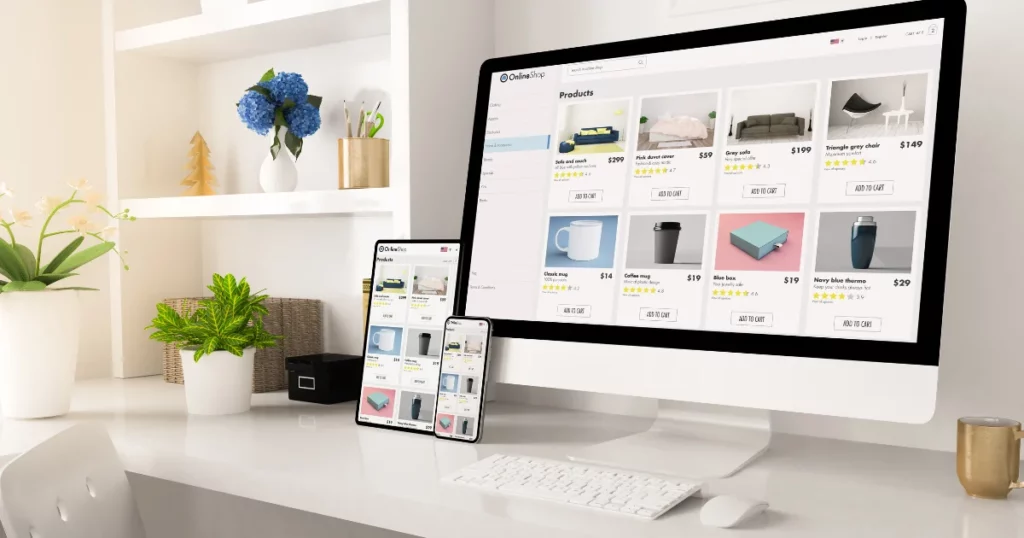
When focusing on how to start an online store, it is important to register your business to be able to run an online store legally. Register your company as a limited liability company (LLC) or any other appropriate legal entity through the Secretary of State in your state, or by using business registration services. It will not only secure your assets but also provide tax benefits.
Furthermore, get an employer identification number (EIN) to handle payments and follow up on tax obligations.
Read more about: How to Start an Online Business in India with No Money (2024)
9. Choose Your Dropshipping Partners
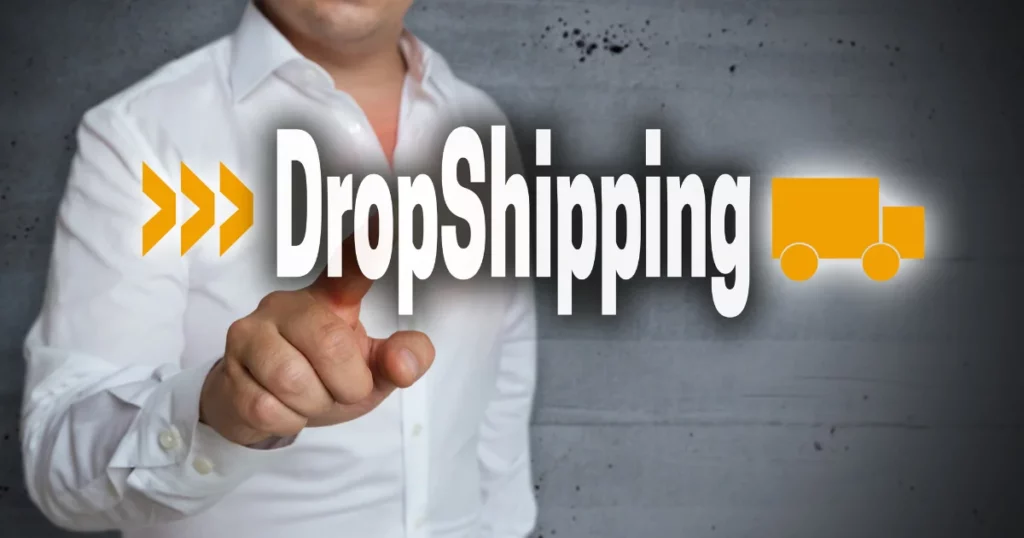
When you are inclined to use a dropshipping business form, select your preferred partners for the dropship. When working on how to start an online store, find suppliers that are dependable and provide good quality products as well as shipping services quickly. Note the following aspects – product availability, cost prices, shipping time, and customer services.
Keep in touch with your dropshipping partners so that the order fulfillment process is smooth and products reach customers when they are due.
Read more about: How to Start Dropshipping for Free
10. Curate Your Inventory

If you prefer to stock and ship your products, make an efficient inventory management system. Track product quantities, reorder points, and fulfillment processes to facilitate smooth order processing thereby minimizing stock-outs.
You may consider inventory management software as a way to make your inventory process more automated and efficient. This will ensure that you are organized and keep your customers up to date on product availability information.
11. Spread the word about your online store everywhere

Marketing is critical in sending customers to your online shop and closing deals. Employ an integrated marketing strategy that encompasses digital and traditional media techniques, based on the goals established by your how-to start an online store.
Some effective marketing strategies for promoting your online store include:
- Social media marketing: There is a need to develop content that is interesting and also runs paid advertising campaigns on sites such as Facebook, Instagram, and Pinterest.
- Content marketing: Develop blog posts, videos, or podcasts with useful content linked to your niche for potential clients and faithful readers.
- Influencer marketing: Create partnerships with influencers in your niche to advertise about the products or services you offer their followers.
- Email marketing: Create an email list and send regular newsletters that contain special offers, new product promotions, as well as informational content.
- Paid advertising: To reach a greater number of people and get the right traffic on your online store, you can try Google Ads or Facebook Ads.
So, test various marketing avenues and evaluate the outputs to perfect your campaign.
12. Provide Standout Customer Service

Very good customer service is essential to earn trust and loyalty from your customers. Answer customer queries in a timely and considerate manner, dealing with any issues or complaints as swiftly.
Live chat support options may be integrated into your website where potential customers can get immediate help. Support different customer preferences with various communication channels, including email, phone, and social media.
13. Optimize Your Site: Implementing SEO Strategies
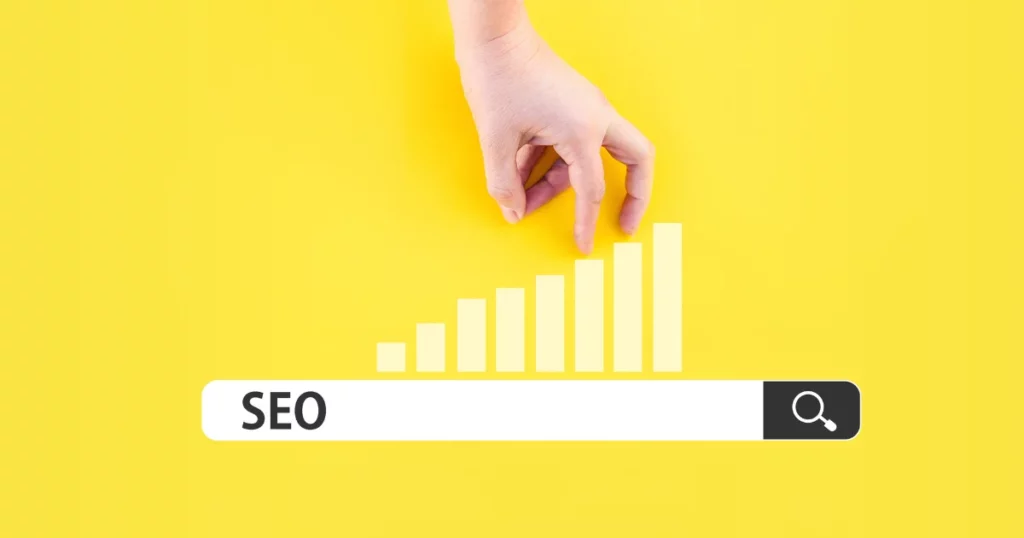
To effectively increase the visibility of your online store in search engine rankings and get more organic traffic, you need SEO strategies. Improve the content, layout, and technical properties of your website so that it performs well in search results.
Consider the following SEO strategies:
- Keyword Research: Find keywords related to your niche and target audience. Use them seamlessly throughout your site’s content, meta tags and URLs.
- On-Page Optimization: Optimize the title tags, meta descriptions, headings and image alt text on your website. This will allow search engines to evaluate the relevancy of your content.
- Link Building: Develop quality backlinks from reliable websites that are related to your industry. Additionally, securing local SEO backlinks can be a powerful way to boost your store’s visibility in regional search results, making it easier to connect with nearby customers. This will help to increase your website’s authority and ranking in search results.
14. Create a Marketing Plan

A detailed marketing plan describing how to start an online store will allow you to systematize your advertising activities and achieve the desired results. Describe your marketing goals, target market, and how you would reach them.
Consider the following when creating your marketing plan:
- Create realistic and quantitative marketing targets, such as boosting website traffic or product demand when working on how to start an online store.
- The first step in targeting your audience is to design buyer personas that help you determine their wants and needs.
- Choose marketing channels and strategies that fit your audience and business goals.
- Spend money on marketing activities and monitor your campaigns’ outcomes regularly.
Resources and Tools for How to Start an Online Store
A. E-commerce Platforms
- Blinkstore: All-in-one platform where you can start and maintain your online store for free along with other benefits. Not only the platform is free, but you can also use our free mockup generator Mockey to design your products.
- Shopify: A user-friendly platform for creating and managing your online store.
Read more: How to Setup a Free Merch Store For Your Startup
B. Hosting on the web
- Bluehost: Gives you endless space and storage, a free domain name included with simple WordPress hosting at an affordable cost for beginners.
- HostGator: Offers plans that can grow with your business, speed promises, and top-notch service along with good time support.
C. Business Domain Registrar
- Namecheap: With low prices, free protection for WhoIs, and a great help for customers, Namecheap makes signing up and looking after domain names easy.
- Google Domains: Google Domains is very easy to use. It works well with Google’s products and provides simple but strong tools for managing domain names.
D. Payment Processing
- Stripe: Making global payments simple with tools for easy joining, protection against fraud, analysis, and clear pricing.
- PayPal: The old money processor brings quick buying ease and well-known use by many shoppers.
Conclusion
Selling on the internet gives chances around the world that any real store can’t. But competition is strong, and having an e-commerce business makes it hard to be noticed. By using the ideas above and being able to change with new technology and customer actions over time, your chances for success are very good.
We hope you have the best journey with your online shopping! Tell us in the comments if you have any more questions related to how to start an online store business.
Read more about: 35 Best Online Business Ideas for 2024
FAQs – How to Start an Online Store
What is the cost of starting an online store?
The costs can vary widely depending on factors like what e-commerce platform you use, whether you buy a domain name and hosting, and the inventory model you choose, etc. But you can get started for less than $100 per month for basics like Shopify Lite or a BigCommerce trial. While Blinkstore can solve your problem of how to start an online store for free. The key is starting lean and reinvesting revenue into growth.
Where can I get products for my online store?
Popular options include wholesalers, manufacturers, and dropshipping suppliers. Alibaba is a giant marketplace for finding suppliers and products manufactured in China. SaleHoo and WorldWideBrands vet and research suppliers to take the guesswork out of identifying reliable sources. Consider starting with a small number of core products instead of a huge catalog.
How to start an online store with no money?
Every Individual faces the problem of how to start an online store with no money. The good news is you typically don’t need much upfront capital nowadays thanks to so many software as a service subscription just like Blinkstore. Start by thoroughly researching profitable niches and demand levels. Design a basic Shopify site and run some Google and social ads to test product-market fit before investing in inventory.
What is the difference between an e-commerce platform and e-commerce hosting?
An e-commerce platform like Shopify or Blinkstore handles everything related to running an online store – hosting, templates, payment processing, etc. E-commerce hosting simply gives you server space to store your site files – you still need to build the store functionality yourself or use separate solutions.
What are the most important sections that my online store should have?
At a minimum, have clear sections for your product catalog, product details pages, easy checkout, order confirmation, and customer account management for viewing order history. Also include an About page introducing your brand, shipping, and return policies, and a contact page with phone/email. These are a few essentials that you must include while focusing on how to start an online store.
What are some easy businesses to start?
Dropshipping – Sell products shipped directly from the supplier so you don’t hold any inventory. Affiliate marketing – Earn commissions promoting other companies’ products. Print-on-demand – Upload your designs and have products printed/shipped when ordered so you don’t stock anything. Information products – Create guides, courses, or memberships to sell valuable content online.
